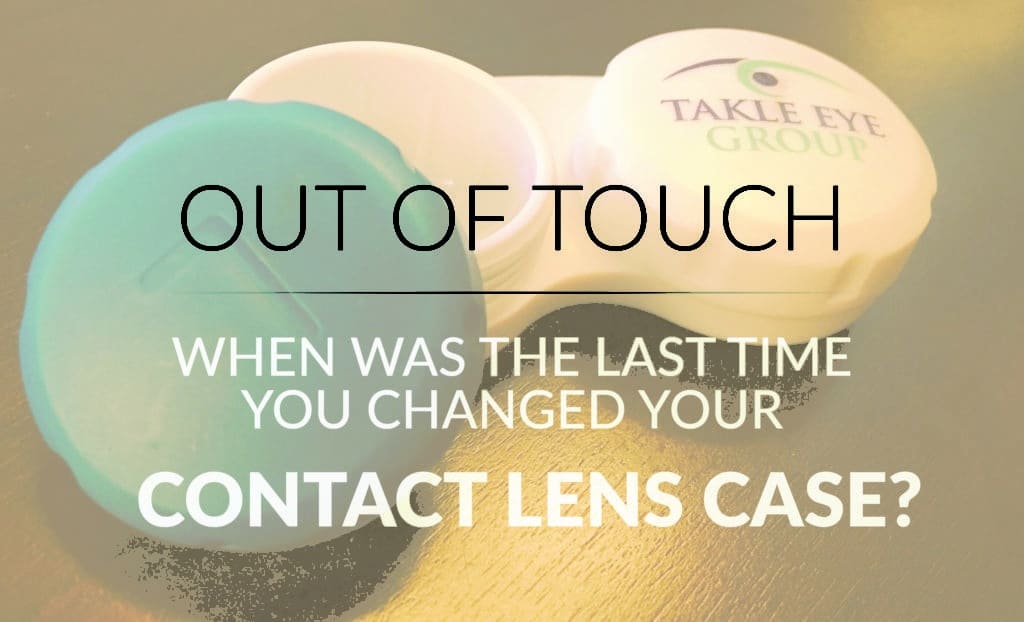
Eye infections that can lead to blindness affect up to 1 of 500 contact users every year, and infections like these form and spread via contaminated contact lens cases.
The CDC estimates that more than 30 million people in the U.S. wear contact lenses. Contact lenses are a convenient alternative to traditional corrective glasses, but they require special care. Excluding disposable contacts meant to be discarded after one use, contact lenses need to be stored and disinfected in their cases after every use.
Keratitis is the clinical name for inflammation of the cornea, the clear dome covering the colored part of the eye. There are many different causes of keratitis, the most common being bacterial or fungal infections picked up from improperly cleaned contact lenses and contact lens cases.
Preventing keratitis is simple, if you’re caring for your contact lenses and contact lens supplies properly. Rinse lenses with contact lens disinfecting solution; your doctor may recommend a certain kind. Use only fresh contact lens solution every time you put your lenses away — do not recycle solution. Dry your case with a clean paper towel or cloth after each use and store it open and upside down.
Most importantly, know when to change your contact lens case. It’s recommended that you change your case at least once every three months — and with good reason. Even if you’re changing out your lens cleaning solution and drying the case after each use, small scratches or a resilient layer of biofilm can form on the inside surfaces of the case and harbor bacteria after extended use. Think of changing your contact lens case each time you buy a new toothbrush!
If you would like to change your contact lens case for free at your next visit to our office, ask about our new cases. To learn more about contact lenses and traditional glasses, visit the optical center on our new website.




